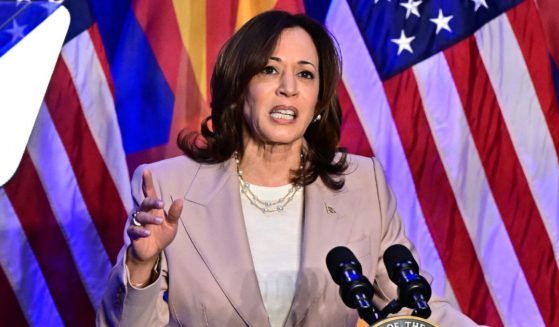US experts: Medicines for opioid addiction vastly underused
WASHINGTON (AP) — Medicines proven to treat opioid addiction remain vastly underused in the U.S., the nation’s top medical advisers said Wednesday.
Only a fraction of the estimated 2 million people addicted to opioids are getting the medications, according to a report by the National Academies of Sciences, Engineering and Medicine. The influential group, which advises the federal government, called for increased prescribing of the drugs and other changes to reduce barriers to their use.
In 2017, opioids were involved in nearly 48,000 deaths — a record. In recent years, there have been more deaths involving illicit opioids, including heroin and fentanyl, than the prescription forms of the drugs, which include oxycodone and codeine.
Government-approved medications, which include methadone, buprenorphine and naltrexone, help control cravings and withdrawal symptoms like nausea, muscle aches and pain. Their use is backed by most doctors and medical groups. Yet they still have skeptics, especially among supporters of 12-step programs that favor abstinence-only approaches.
The report concludes that patients taking the medicines fare better over the long term and are 50 percent less likely to die than if they weren’t on them. An “all hands on deck” response is needed — including doctors, law enforcement and family members — to expand access to treatment, it said.
The group’s conclusions echo similar reports from the U.S. Surgeon General and a presidential commission appointed to President Donald Trump to make recommendations for curbing the opioid epidemic.
The 14-member panel, which included addiction and rehabilitation specialists, summed up several reasons behind the low use:
STIGMA
Stigma and misunderstanding about the nature of addiction remains one of the biggest barriers to treatment in part because two of the medications used to treat opioid addiction — methadone and buprenorphine — are themselves opioids. The panel said this contributes to the mistaken belief that it’s “just substituting one drug for another.”
Experts said the medications are given at doses big enough to fend off withdrawal, but too small to produce a euphoric high. Patients can drive, rebuild relationships and get back to work.
RULES
The medicines are subject to restrictions that limit their use. For example, methadone can only be given at government-regulated clinics, which can require patients to commute. Buprenorphine can only be prescribed by certified health professionals who must complete eight hours of training. Federal rules also cap the number of patients that these physicians can treat to 275.
The authors also note that medications are often not available to prison inmates. The report concludes there’s no scientific basis for such limitations.
LACK OF TRAINING
Addiction treatment has long been separate from mainstream medical training, the report notes, which means many doctors, nurses and social workers don’t receive training on treating drug addiction. The report calls for combining addiction programs into standard medical education.
___
The Associated Press Health & Science Department receives support from the Howard Hughes Medical Institute’s Department of Science Education. The AP is solely responsible for all content.
The Western Journal has not reviewed this Associated Press story prior to publication. Therefore, it may contain editorial bias or may in some other way not meet our normal editorial standards. It is provided to our readers as a service from The Western Journal.
Truth and Accuracy
We are committed to truth and accuracy in all of our journalism. Read our editorial standards.












